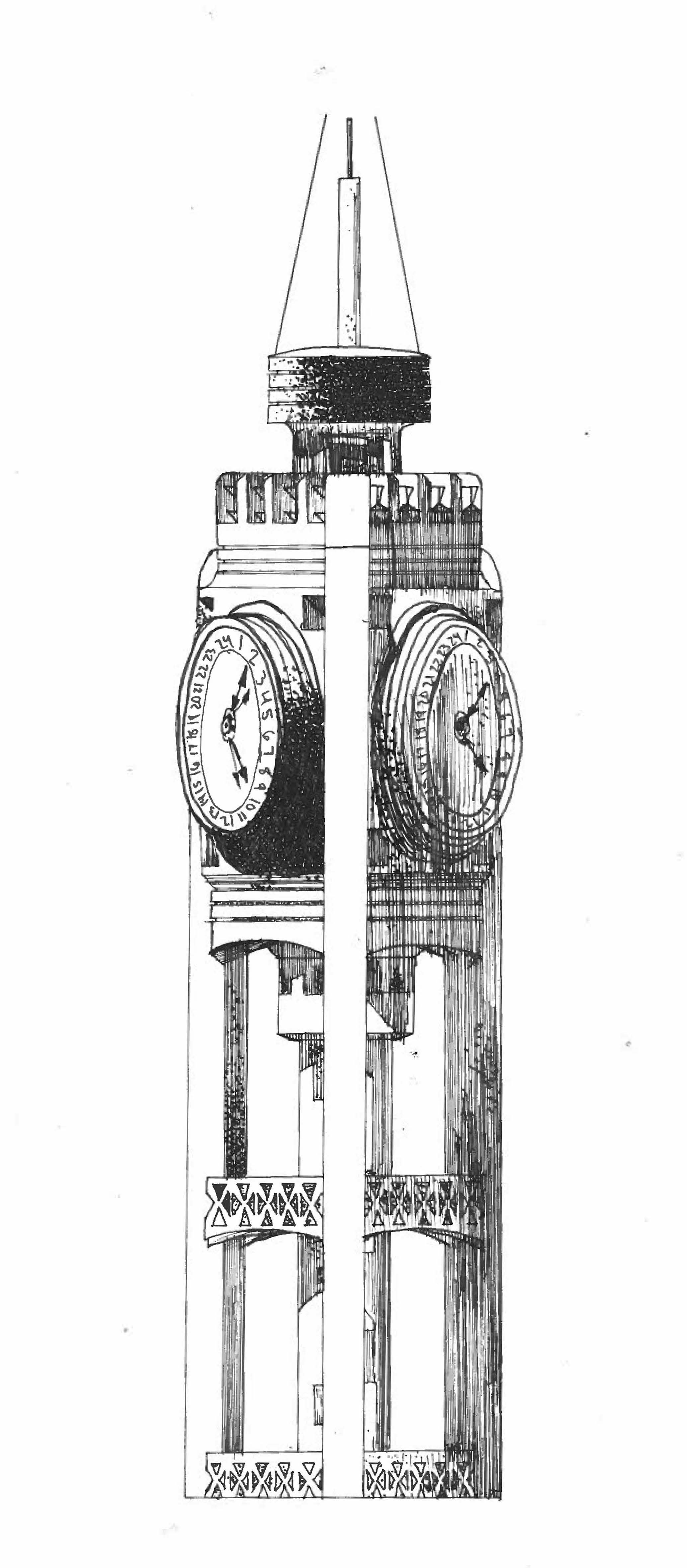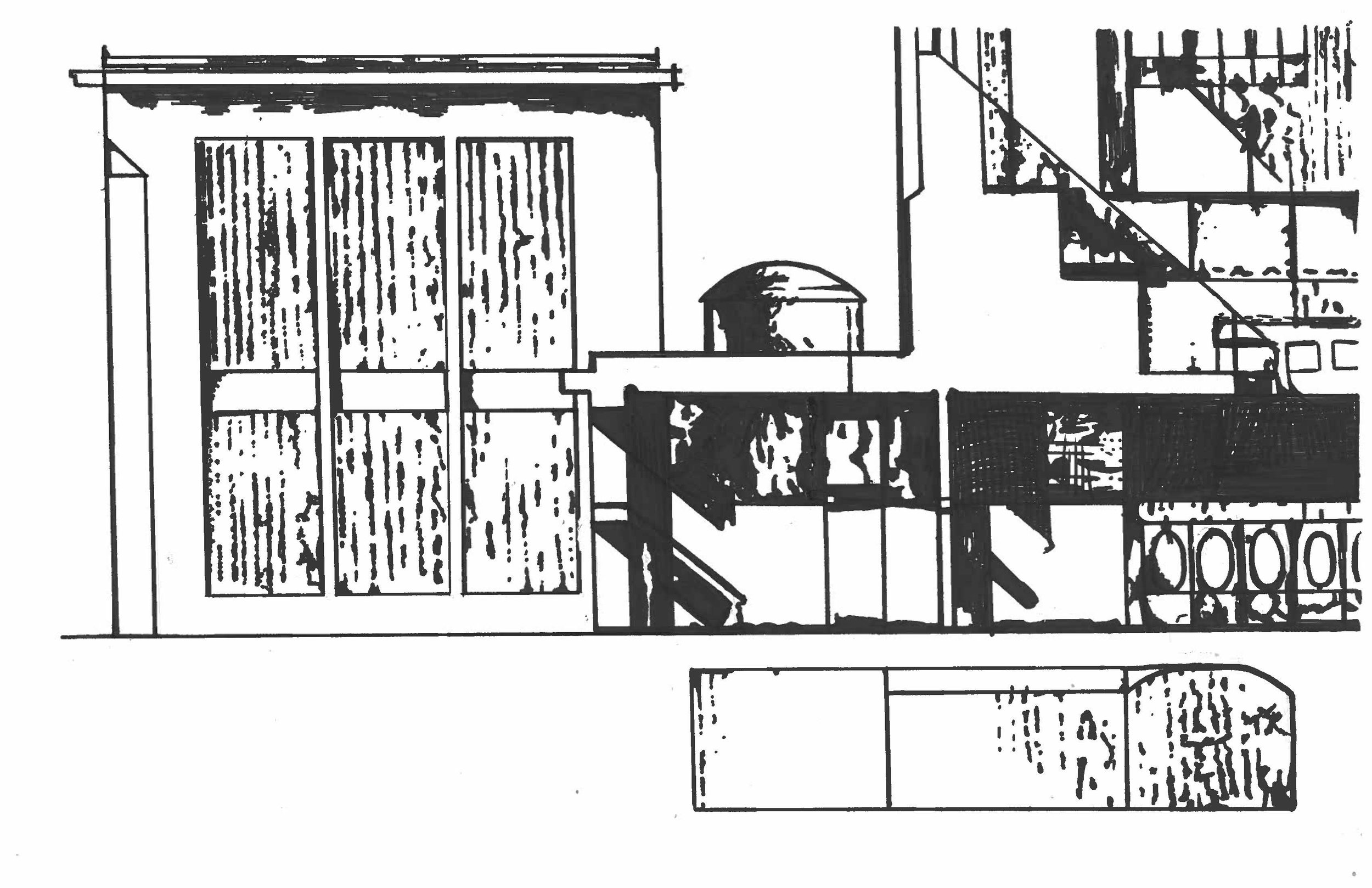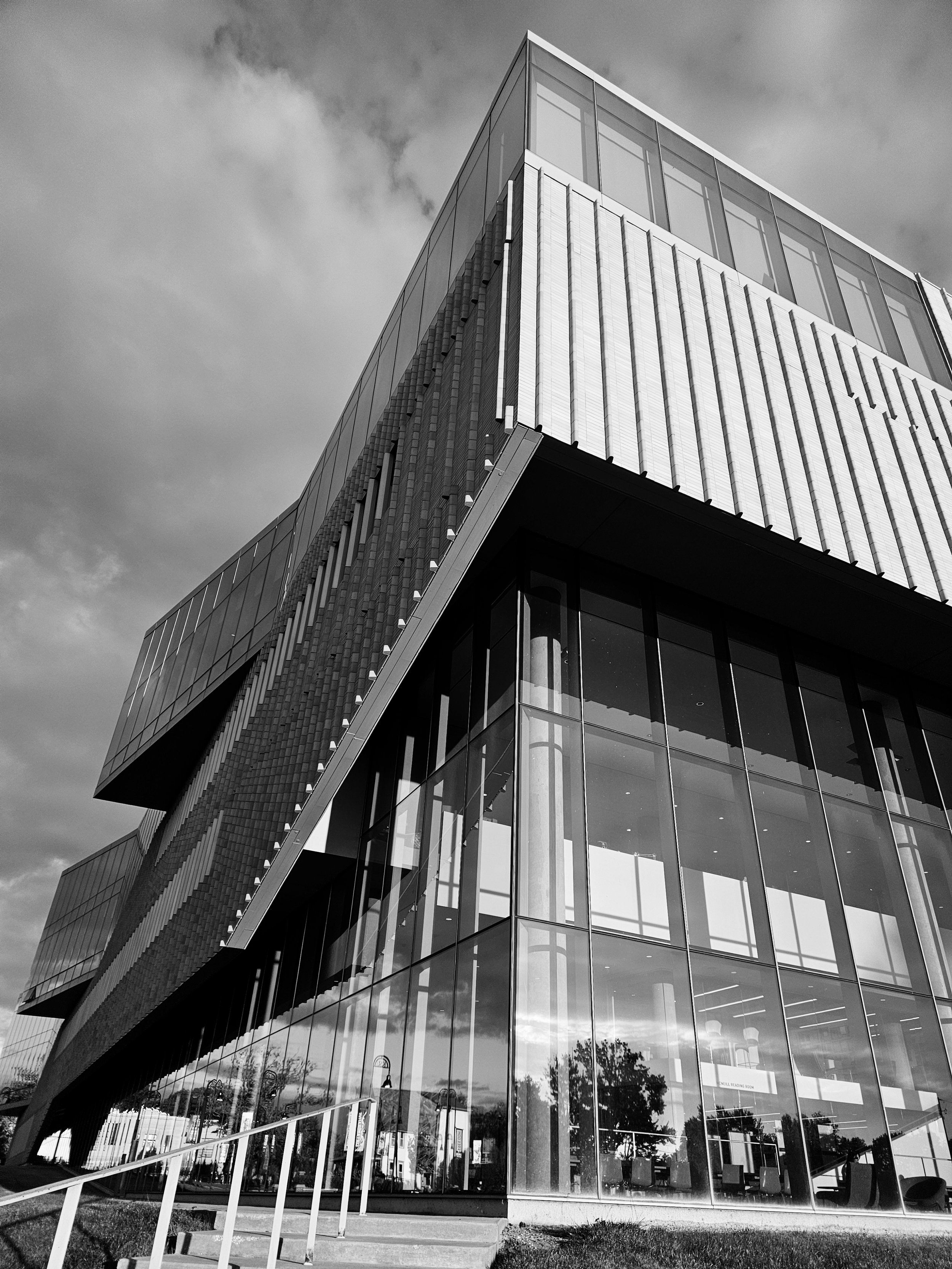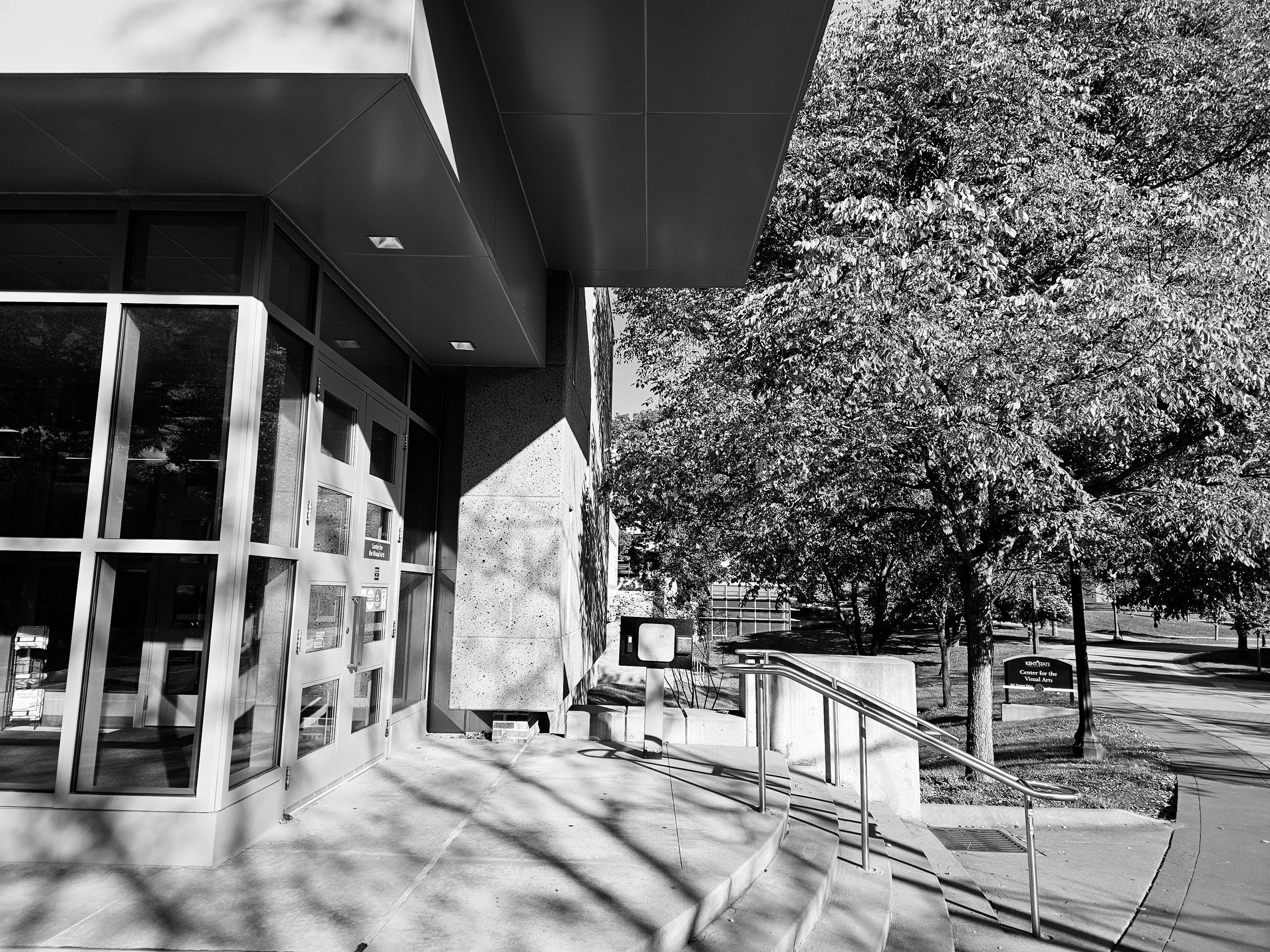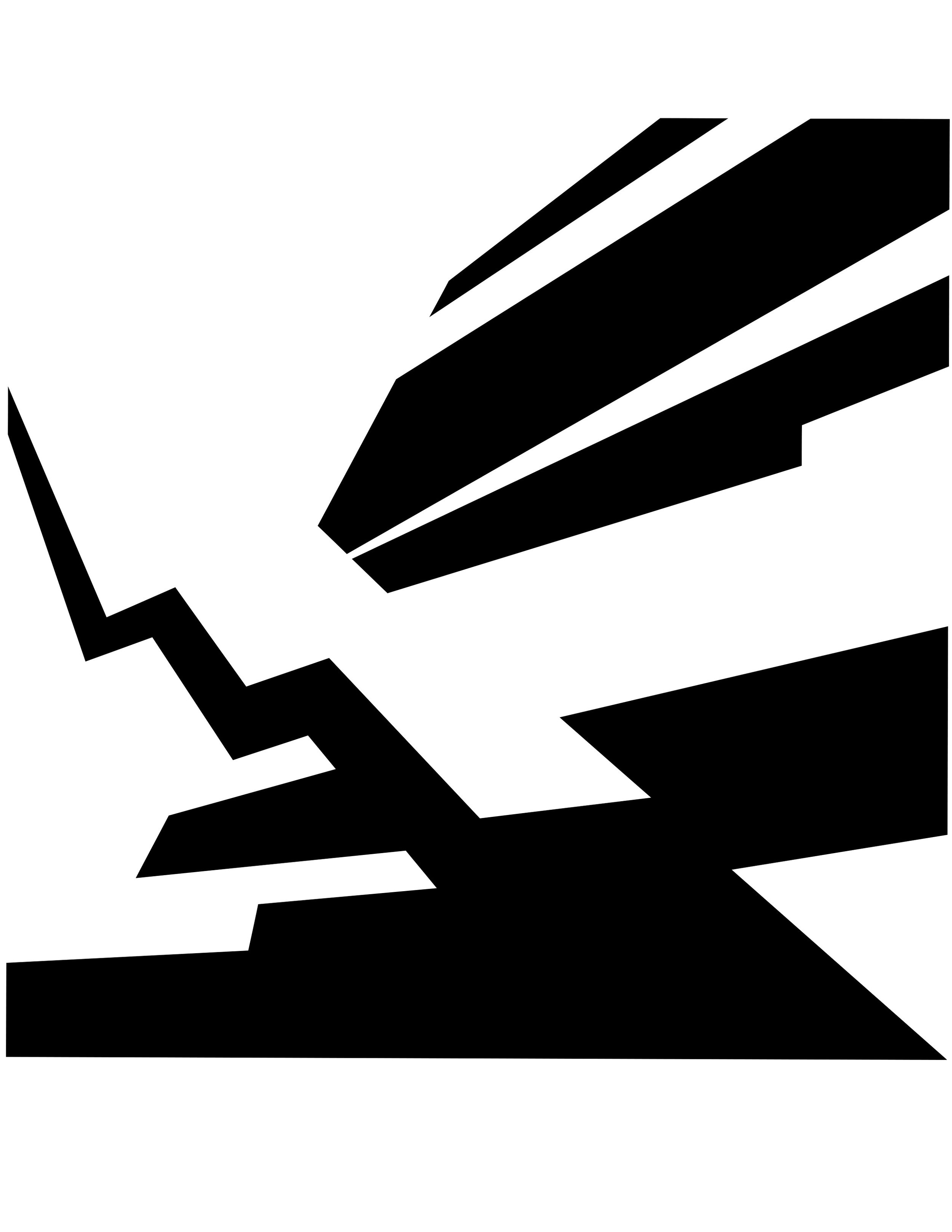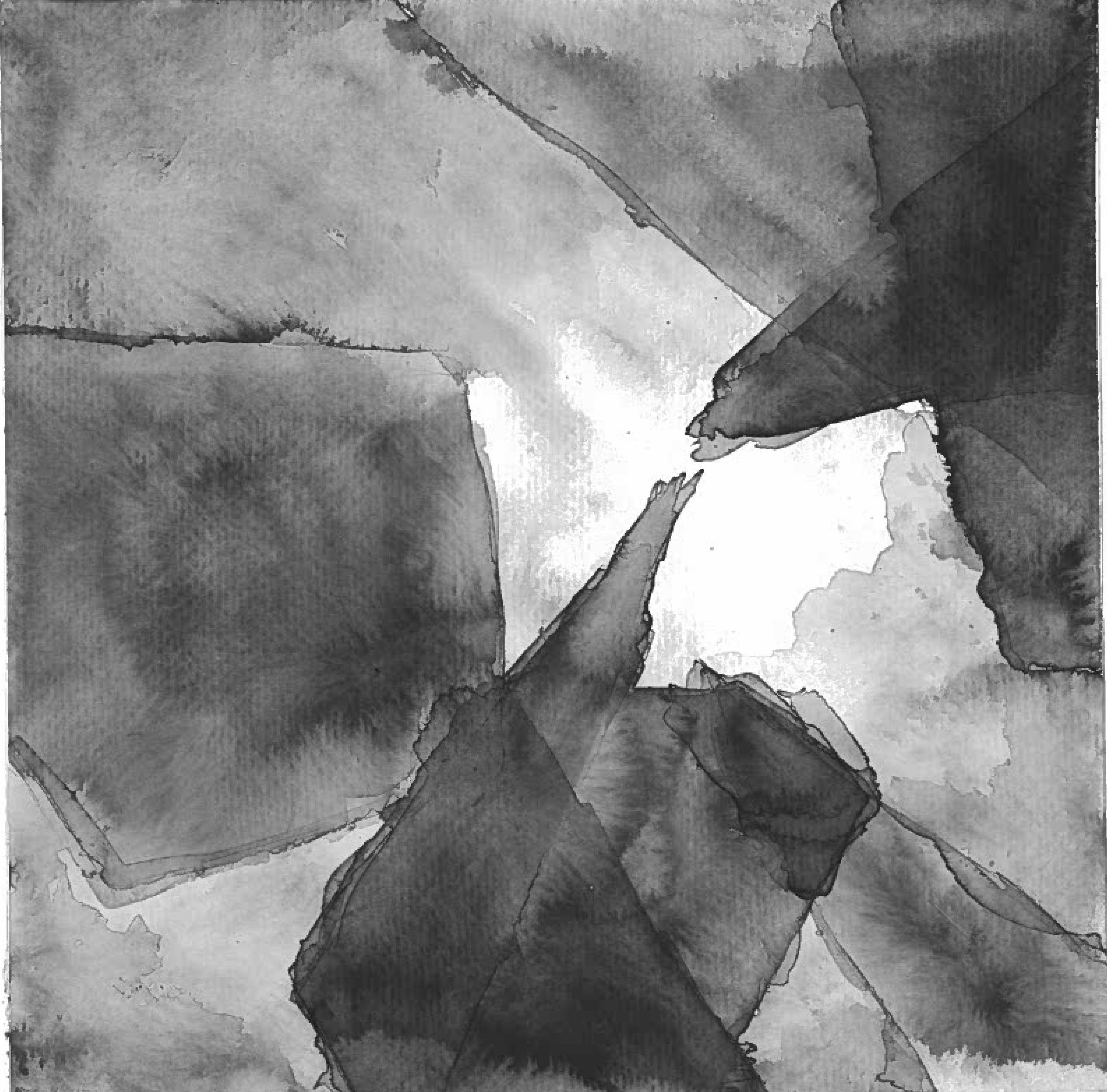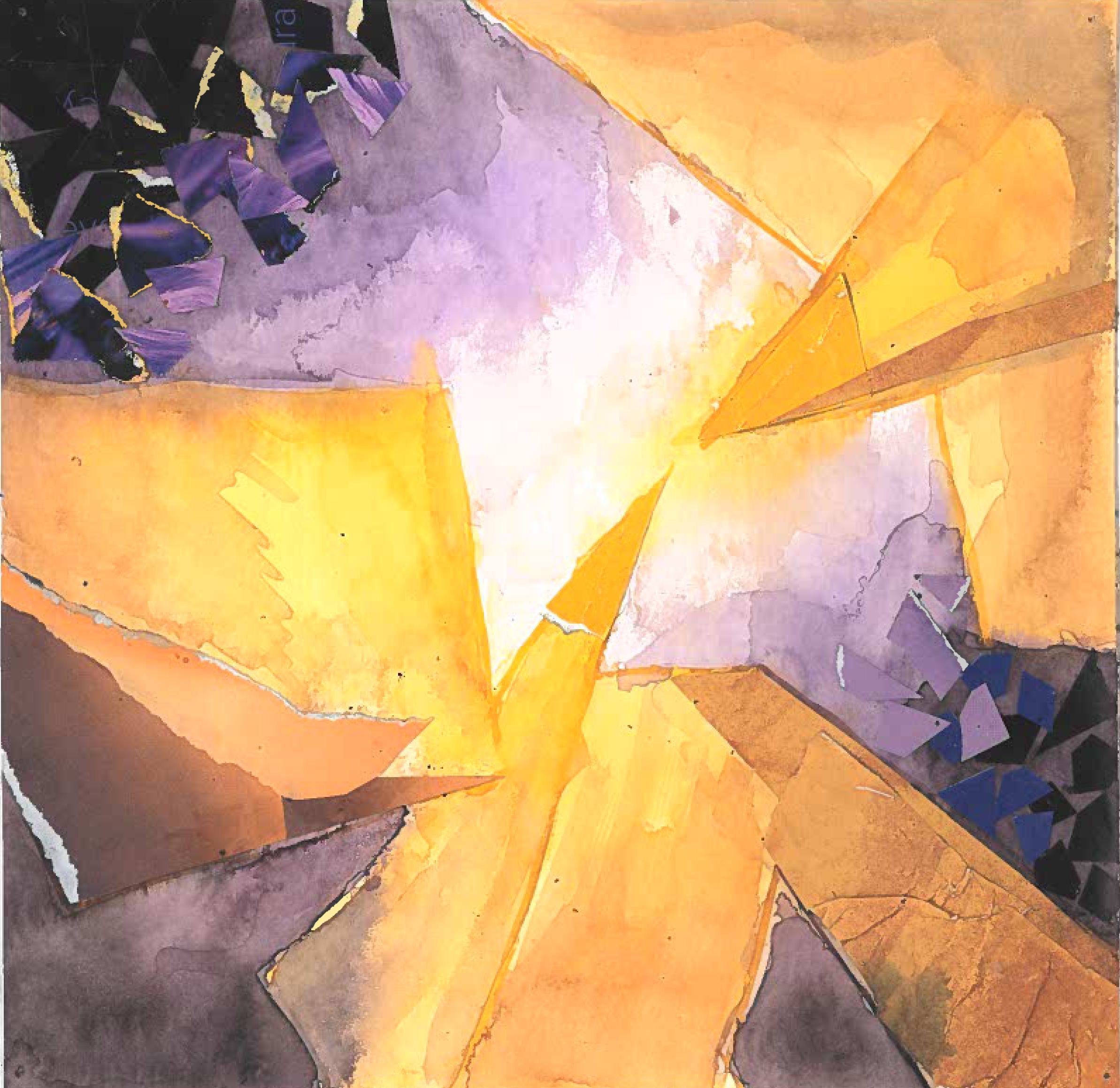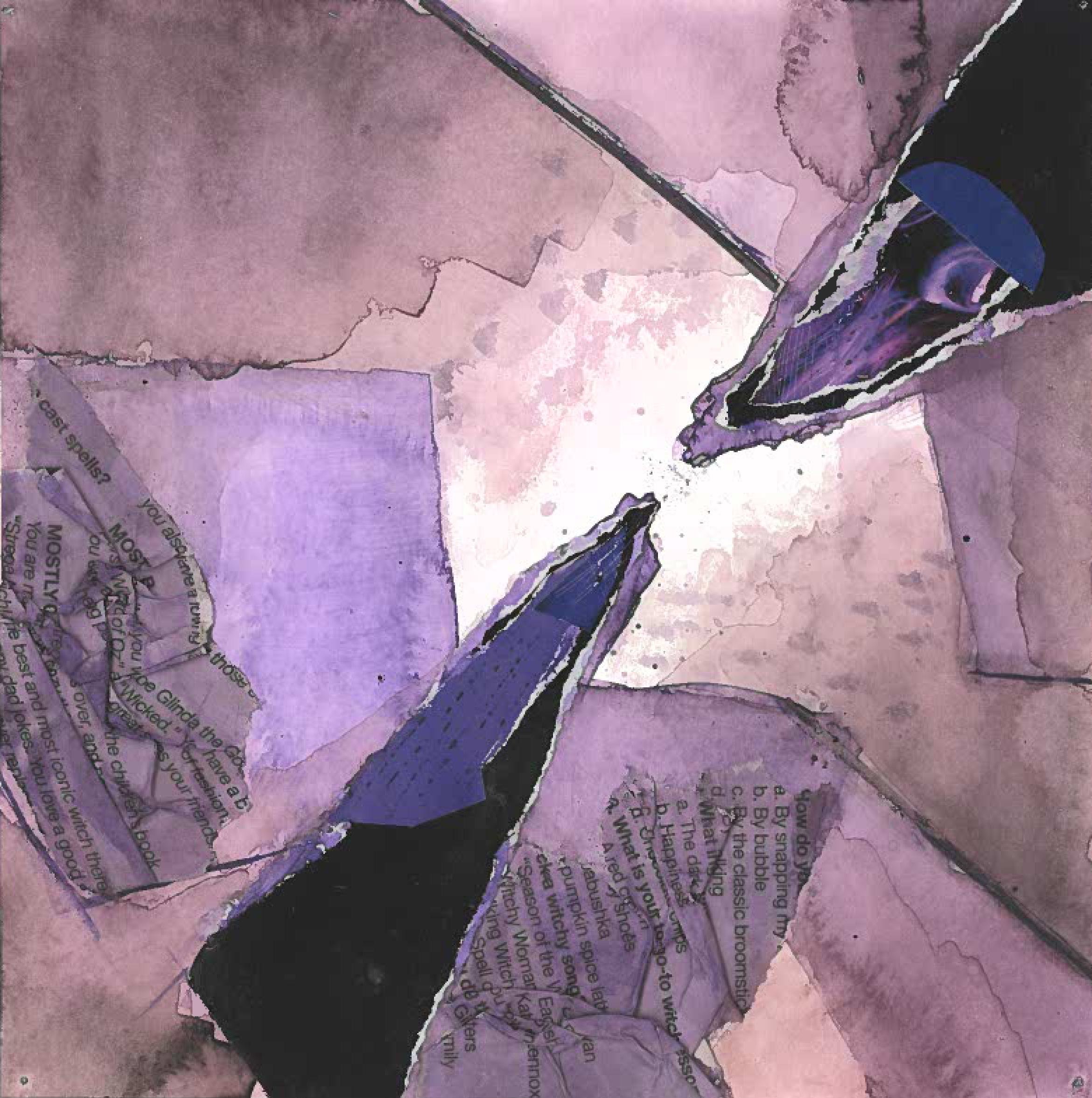Brett Tippey
This studio introduces students to the design process, studio culture and the organizational principles and tools designers use. It provides students with an understanding of the foundational skills and vocabulary necessary to communicate design ideas both visually and verbally. Students learn the architectural drawing conventions and explore ways to use, manipulate and even break these conventions. They learn to use color and media in 2D compositions, and they explore 3D form through model making. This course includes field trips to study urban places and artistic production in cities with significant design culture, and it teaches reading and writing as crucial components of the design process through out-of-class readings, in-class discussions and written reflections.
Celicia Chaves
Transition zones and their relationship to the sense of depth and dynamism
The projects were initially developed unconsciously around the idea of creating transition zones. However, throughout the semester, I engaged with Itten's work, which prompted me to intentionally reflect on the importance of transition zones and the concept of missing color. Using different media—such as digital tools, watercolor, paper collage, and charcoal—each artifact showcased distinct characteristics, ranging from fluidity to solidity.
Also, the readings of Itten's The Elements of Color and Jackson's The Path of the Strange significantly influenced the development of transition zones, as the goal was to create unity. The different shades of gray added a sense of depth and dynamism, while the contrast between white and black further amplified this effect.
Finally, I worked with both 2D and 3D, which gave me a broader perspective on creating connections through transition zones. This made my design process dynamic, deep, and distinctive.
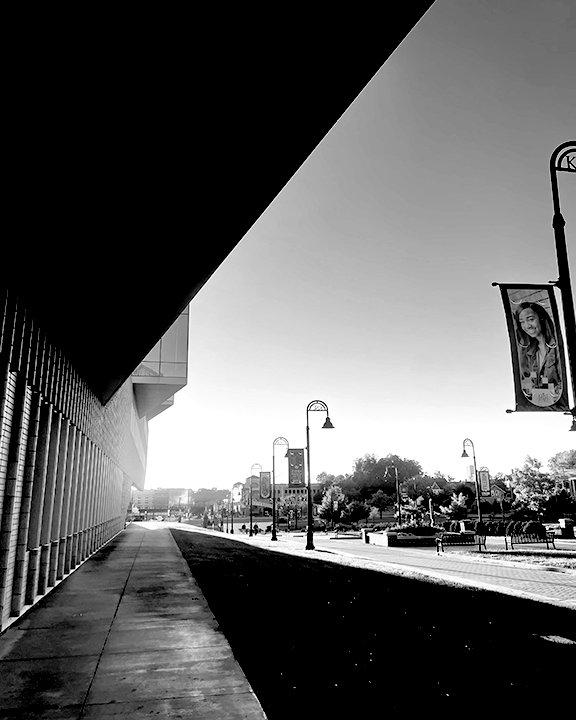
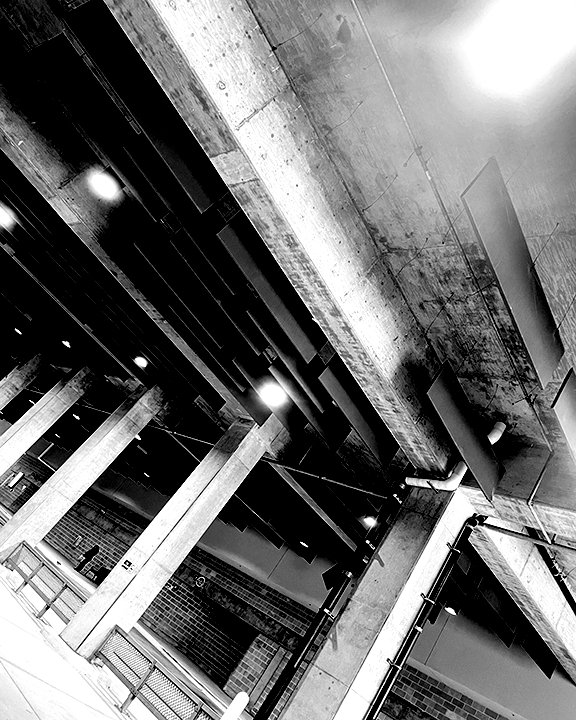
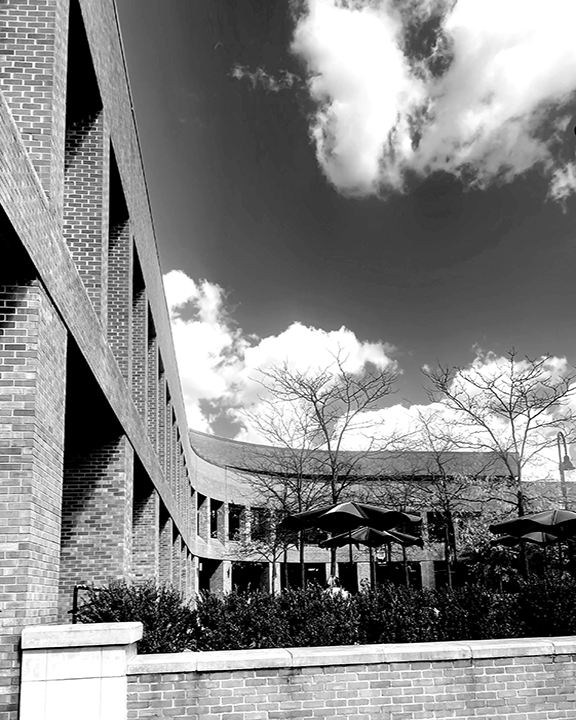
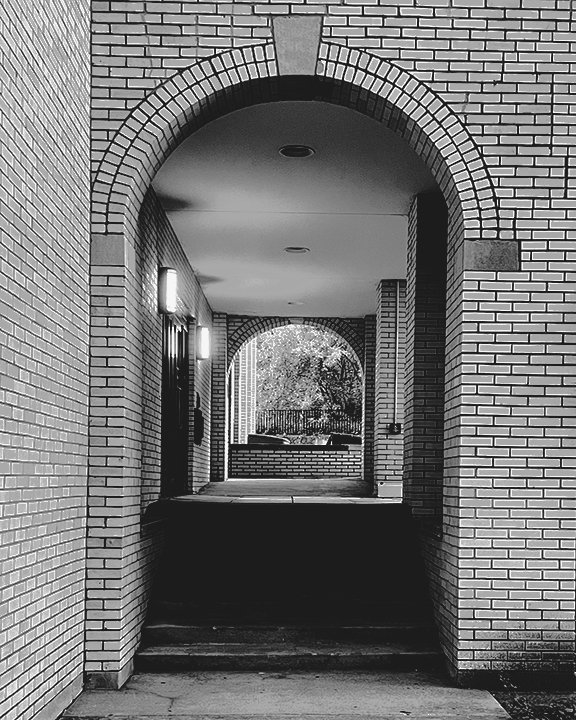






Abbey Grimm
Project 2.1: Analyzing Drawings (01-04), Project 3.1: Challenging the Conventions (05), Project 5.1: Composition Analysis (06-11), Project 5.2: Composition in Figure/Ground (12-17), Project 5.3: Composition and Value (18-21), Project 5.4: Mixed Media BW and Color Theory (22), Project 5.5: Composition and Color (23-25), Project 6.2 3D composition in solid and void, part 2 (26-33)
(P2.1) To understand the ways architects use, exploit, manipulate and break the architectural conventions. (P3.1) To question, challenge, exploit, manipulate and break the architectural conventions. (P5.1) To familiarize yourself with basic 2D composition; to produce dynamic, balanced compositions in B/W photos. After completing this assignment, you will be able to analyze and apply basic 2D composition strategies. (P5.2) To familiarize yourself with the rules of composition; to produce dynamic, balanced figure/ground compositions. After completing this assignment, you will be able to apply basic composition strategies and figure ground analysis in the definition of 2D form and composition. (P5.3) To understand value, grayscale and media as a means of creating layered, two-dimensional compositions. After completing this assignment, you will be able to apply basic composition strategies and grayscale media in the definition and layering of 2D form. (P5.4) To understand color as a means of indicating depth in 2D compositions. After completing this assignment, you will be able to: identify and write about the ways color contributes depth to two-dimensional compositions; and work fluidly with multiple grayscale media in a single composition. (P5.5) To use color and media for spatial layering; to explore color and color theory as fundamental to 2D composition. After completing this assignment, you will be able to: 1) compose fluidly with color and mixed media in two dimensions; and 2) use color, media and value to achieve spatial layering in a two-dimensional composition. (P6.2) To explore composition of 3D form via platonic solids and Boolean operations; to explore the relationship between solid and void in three dimensions; to explore model-making as a means of generating 3D form. After completing this assignment, you will be able to: compose 3D form using platonic solids and Boolean operations; build precise physical models that represent 3D form.

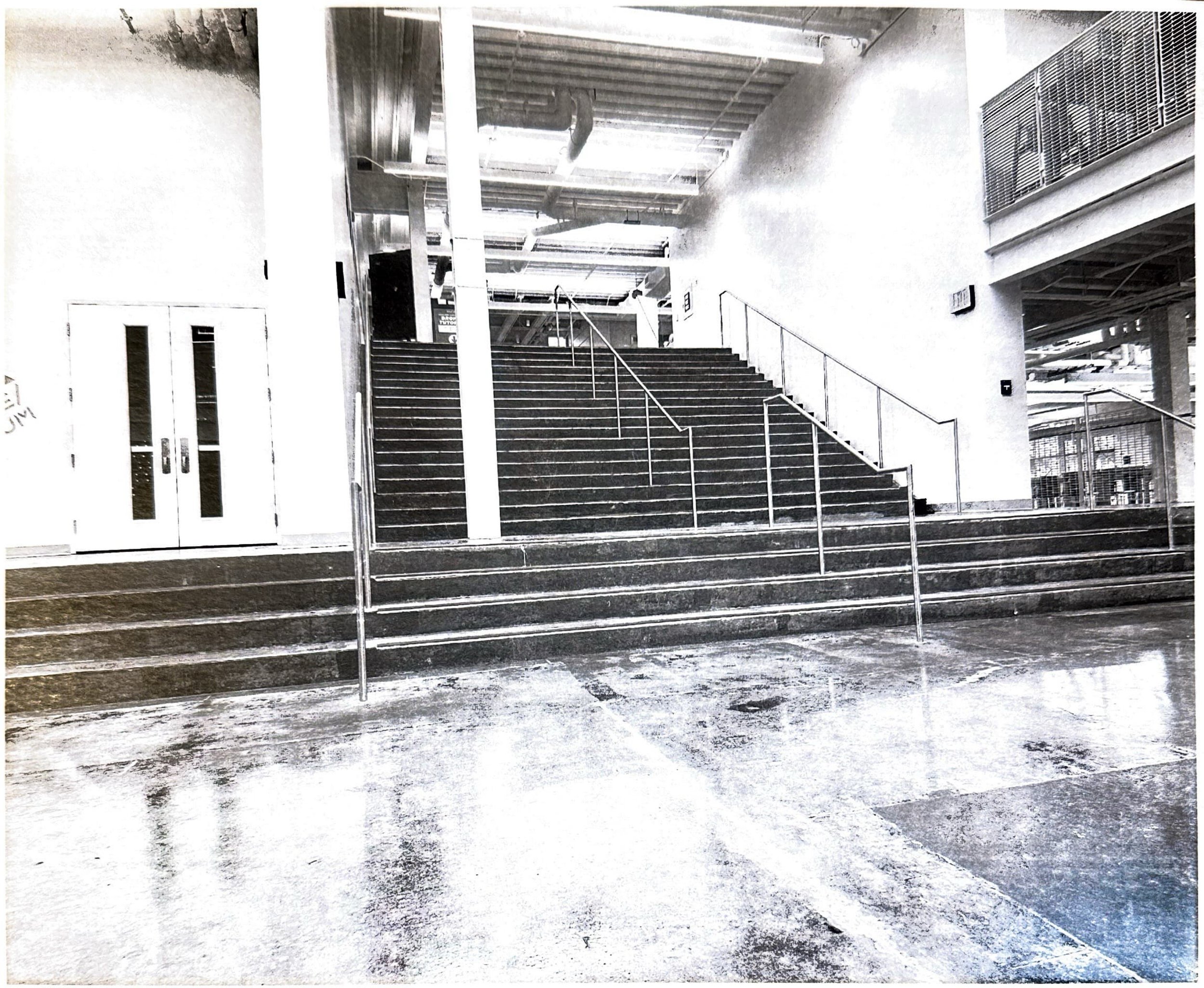
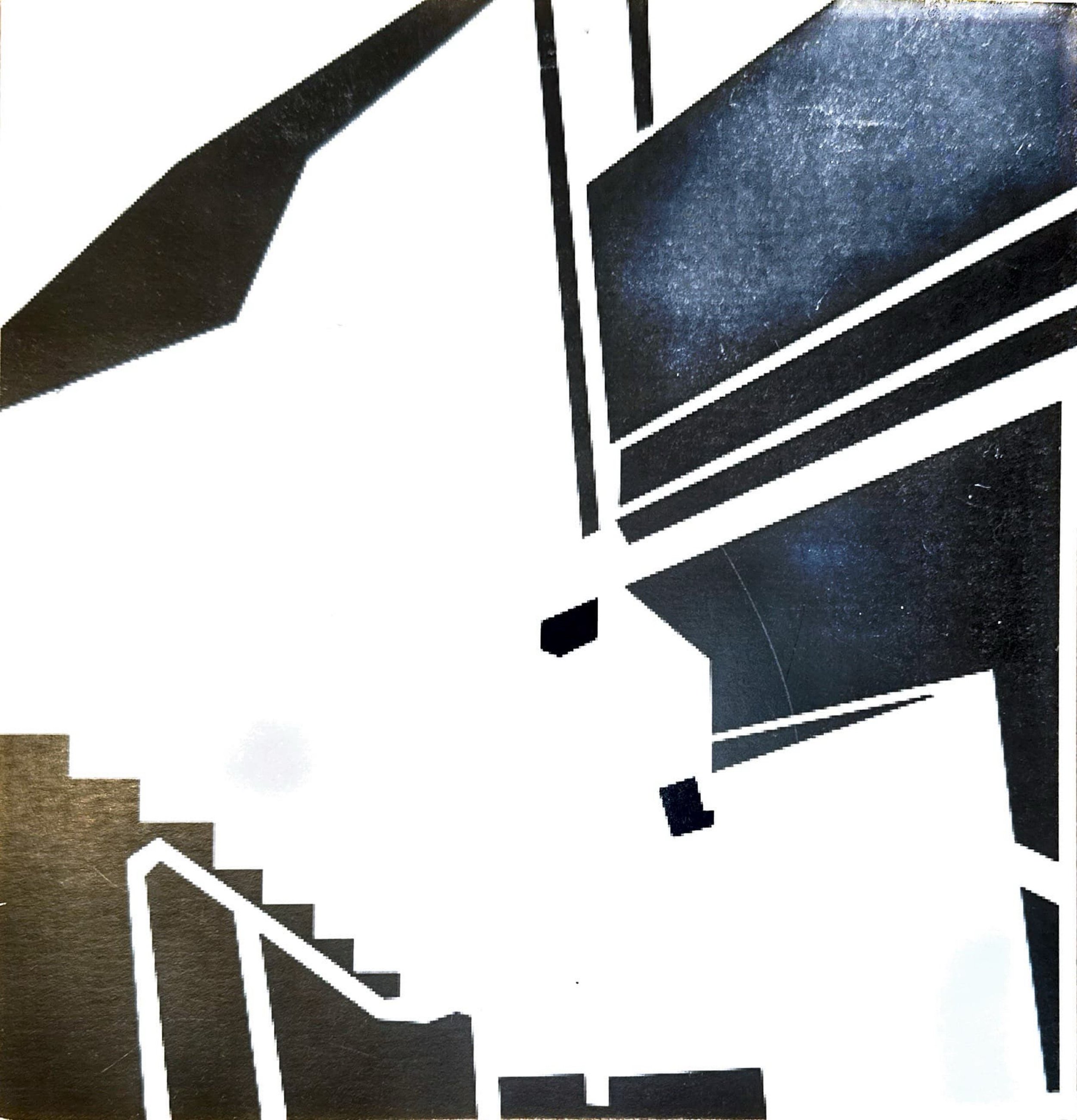
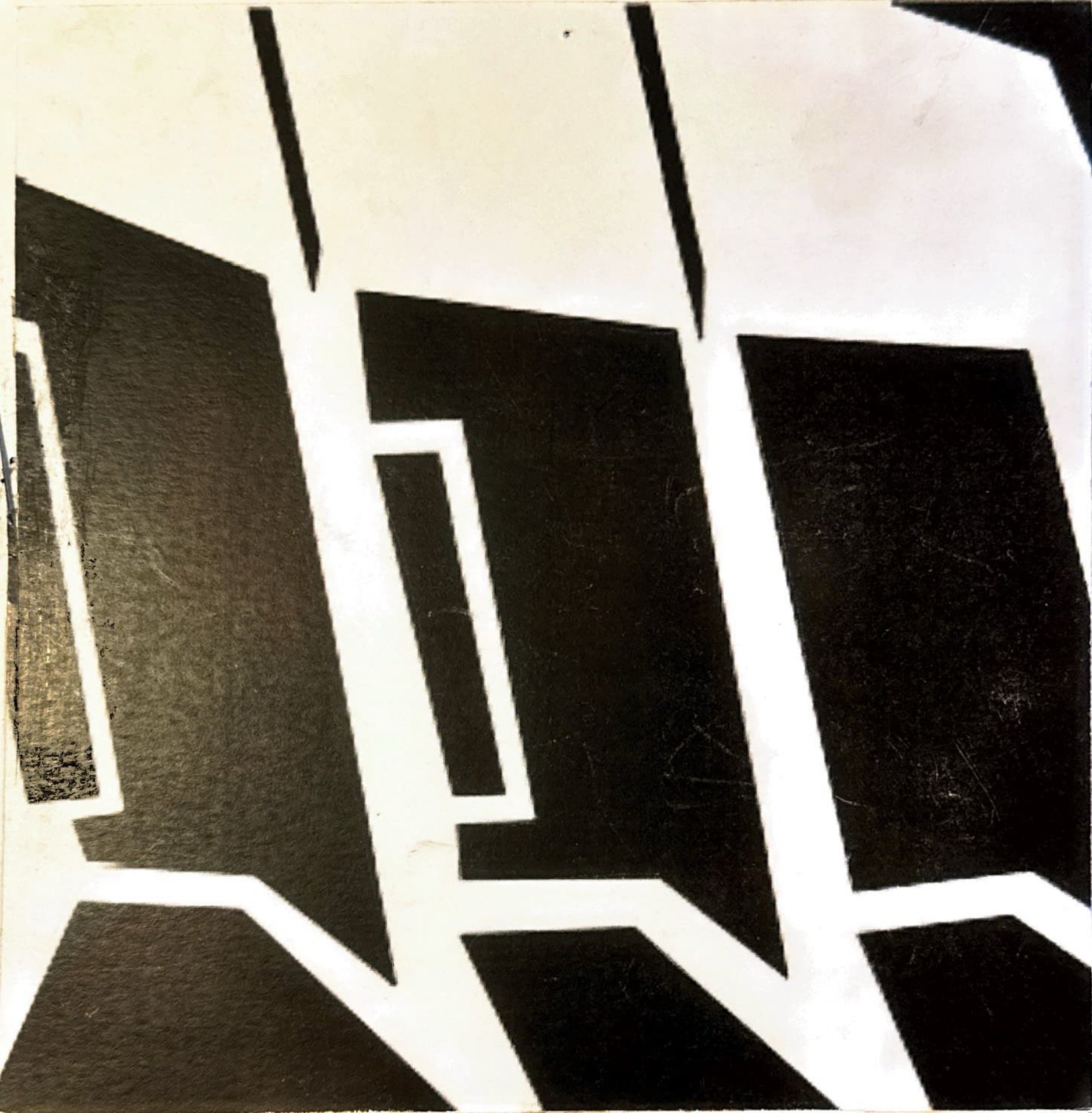
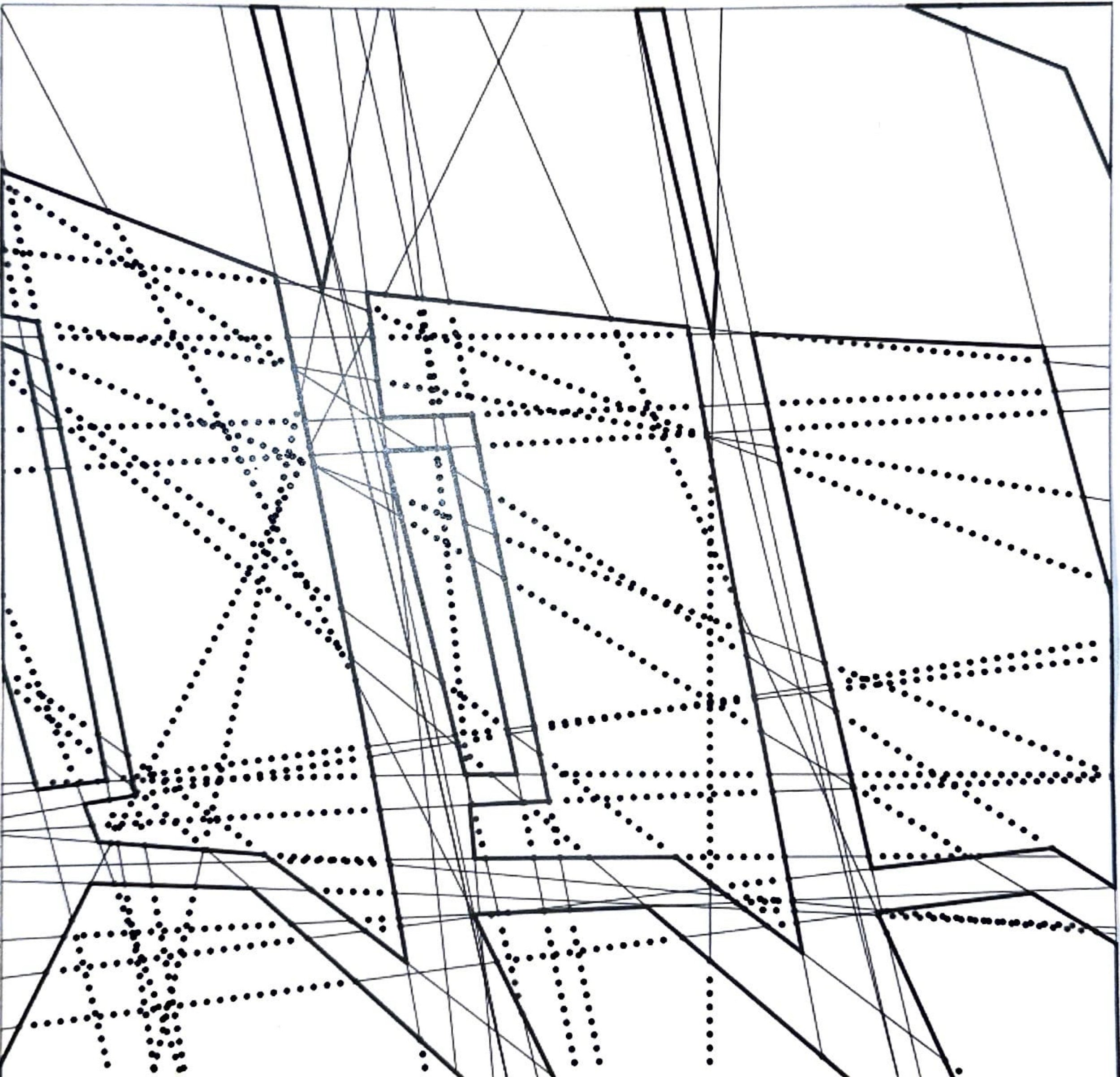
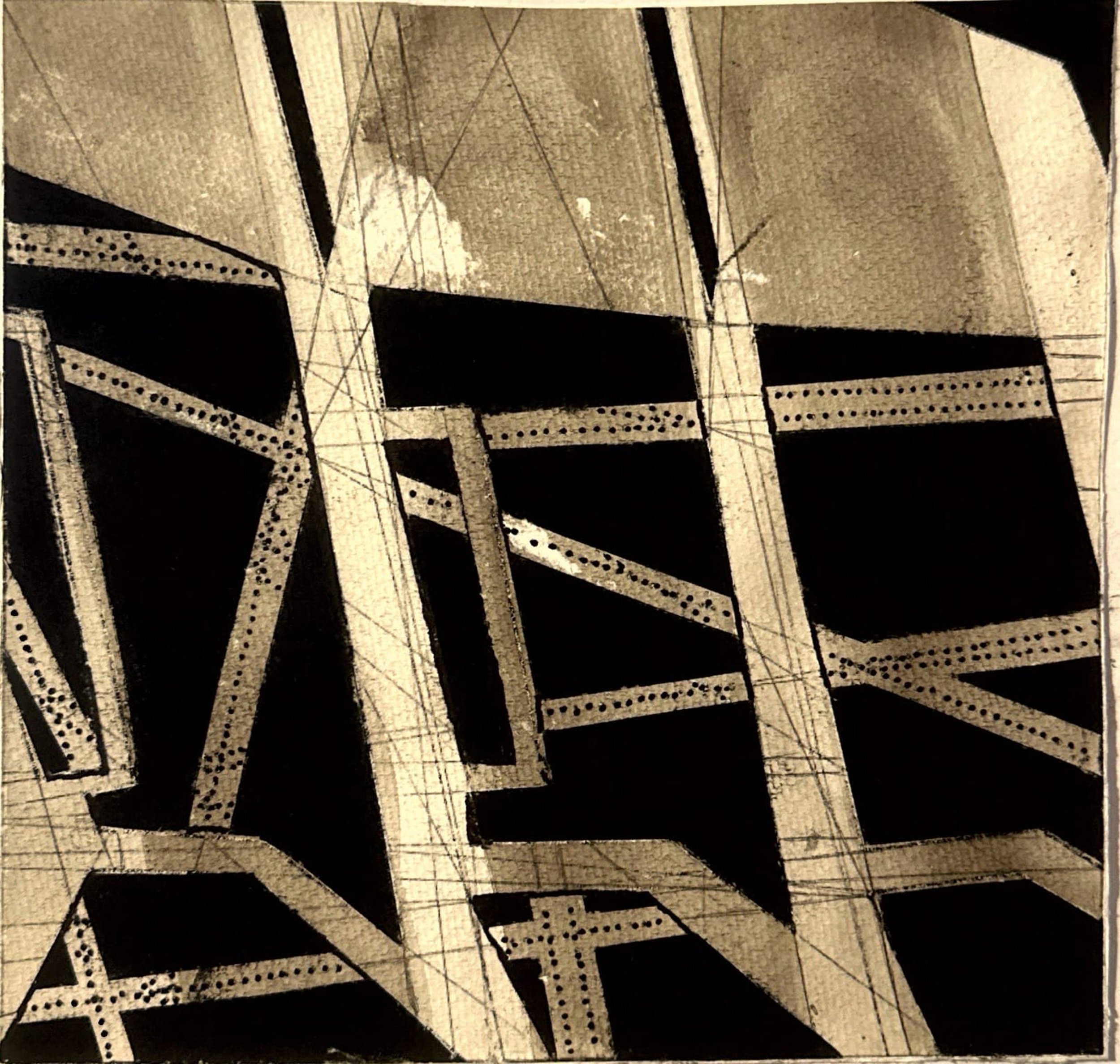
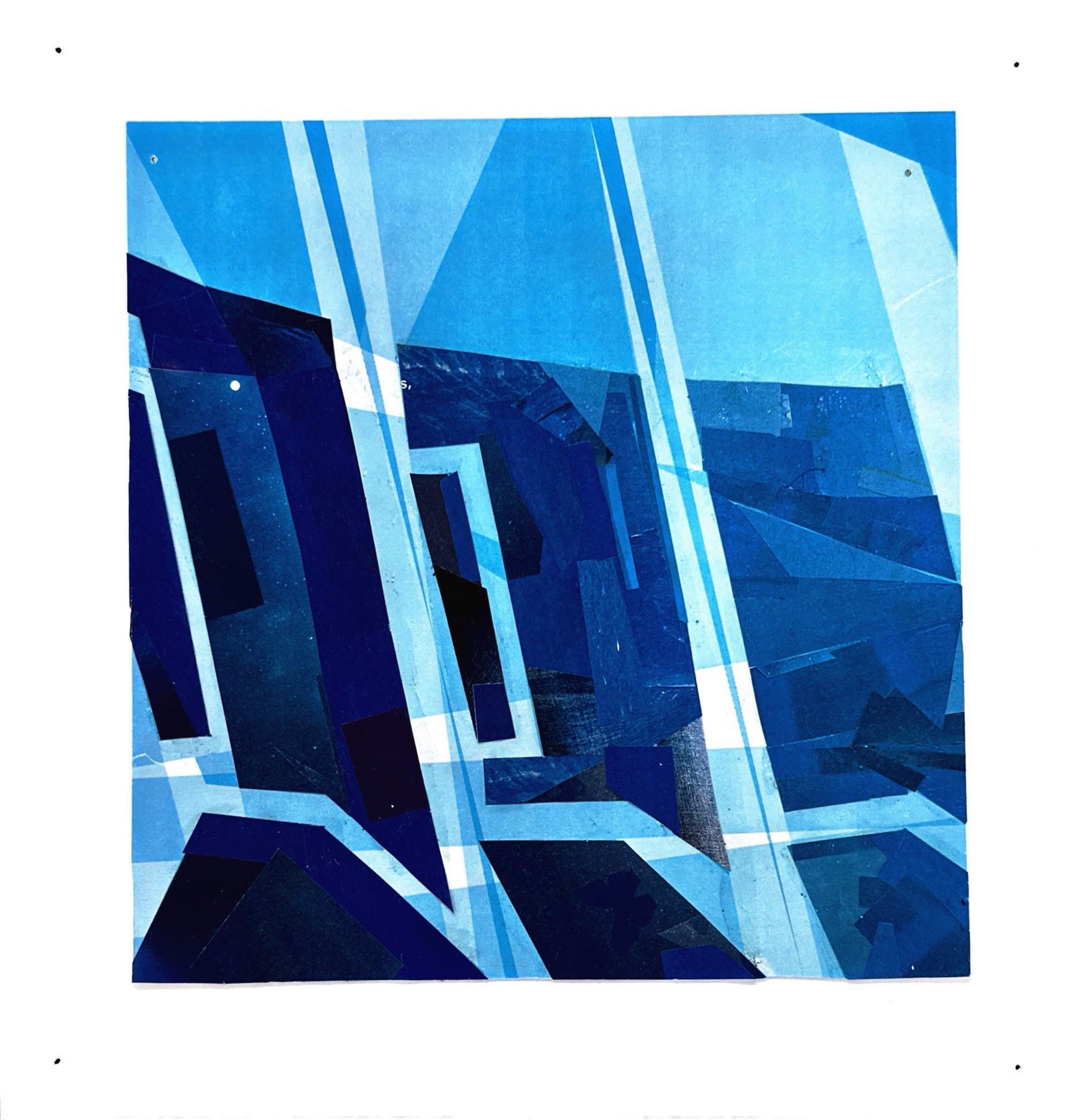
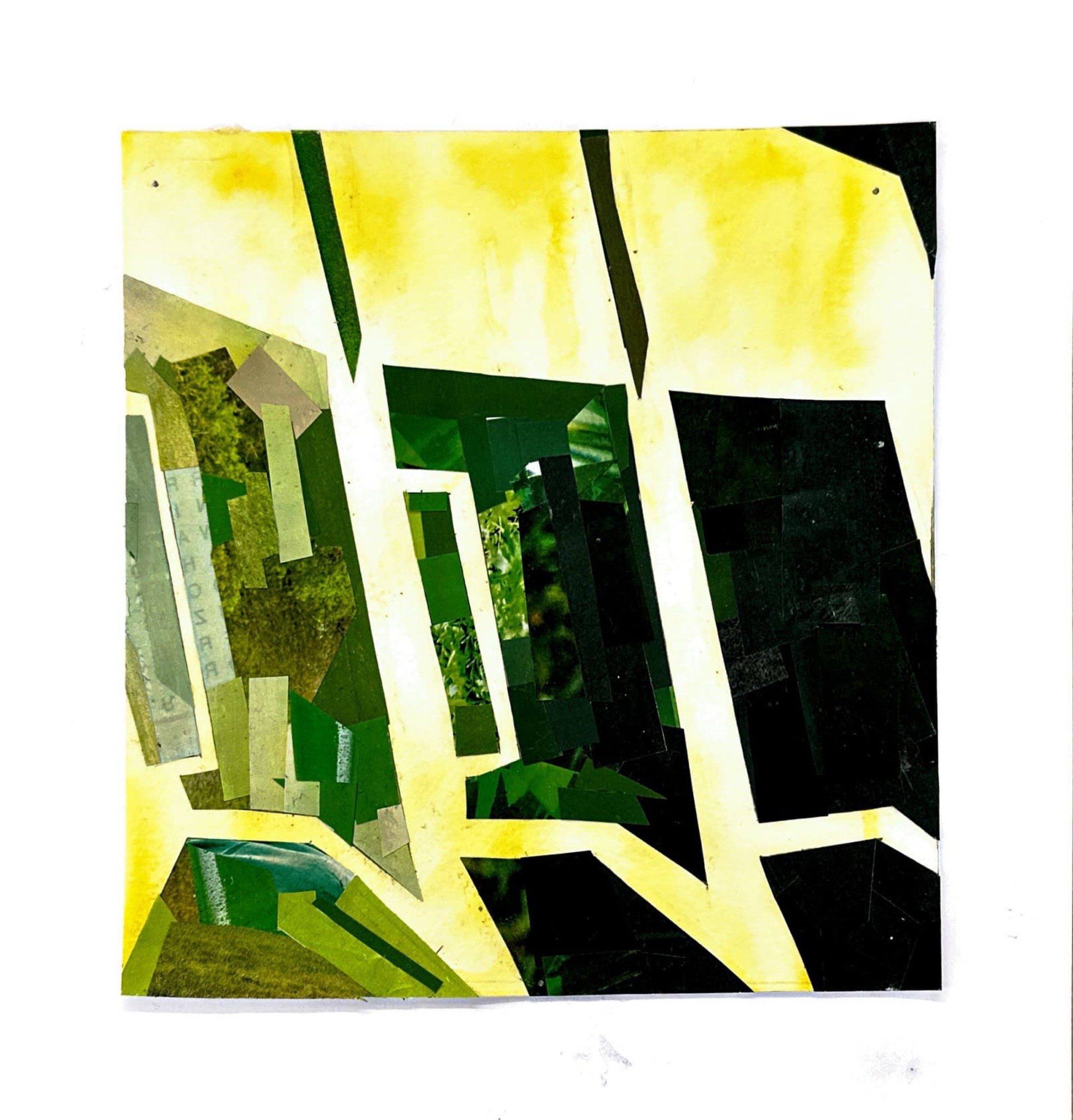

Ashley Harden
Project 2.1: Analyzing Drawings, Project 5.1: Composition Analysis, Project 5.3: Composition and Value, Project 5.5: Composition and Color
(P2.1) We were tasked with finding 3 architectural drawings (plans, elevations) created by notable architects. We also had to do brief research about the architects that we chose. We then created mimetic drawings of the original drawings we found, aiming for intense accuracy. The first drawing specifically is originally by Tony Garnier, an upper section of an elevation of a clock tower that he designed for his Une Cité Industrielle project. The second drawing specifically is originally by Tony Garnier, another building for his Une Cité Industrielle project. (P5.1) We studied the work of the photographer Ezra Stoller, analyzing how his work follows 2D compositional strategies. We then took 6 black and white photographs of our own, using strategies like those that Stoller used in his work. The first photograph is of the CAED, just before sunset. The second photograph is the CAED just after sunset. The third photograph is of the Center for Visual Arts (on the Kent campus) around mid-day. (P5.3) We primarily studied the work of Johannes Itten as well as Lissitzky’s Prouns, learning how to think about the relationship between composition and value. Using figure-ground compositions that we created in the previous part of this project, we created 4 grayscale media studies, one in each digital drafted line, charcoal, paper collage, and India ink, thinking about how we can apply basic composition strategies and grayscale media to the definition and layering of 2D forms. This composition specifically is created with India ink. (P5.5) We studied the work of Joseph Albers and Steven Holl to better understand color theory and strategies we can use to achieve certain color intensities and effects. We then created 3 color compositions, each exploring a different type of color harmony and one of the medias that we studied in Project 5.3. In the second iteration, we included mixed media, still only using one color harmony. This composition is one of the mixed media compositions, utilizing paper collage and watercolor, following a single-hue color harmony (violet).
